Safe Household Cleaning is reader-supported. All reviews are independent and any products reviewed are purchased by the site owner. To help fund this model, some of the links on the site are affiliate links. If you decide to make a purchase from one of these links, this site will receive some commission. At no cost to you. It helps keeps this place running. Learn more
Have you or your family ever suffered from an allergic reaction to a washing detergent, wondered what caused it and looked at the ingredients to try to find an offending ingredient?
Chances are you’ll have seen vague references to ingredients, without seeing any ingredients at all.
There is little to no legislation in the EU or US that forces manufacturers to list ingredients in detergents.
If you have a known allergy to a fragrance or surfactant its absence from the ingredient label doesn’t mean it’s not in the product.
Unlike personal care products, manufacturers don’t have to tell you an awful lot about what’s in their detergent.
And guess what? Most of them don’t.
A common excuse given is they are protecting their formulations from rivals. This isn’t really an excuse as any company can reverse engineer a cleaning product pretty simply.
Another more ludicrous excuse is that there’s a lack of space on the label for all ingredients and their long chemical names. Which is basically nonsense. There’s enough space for empty slogans…
In India, manufacturers aren’t compelled by law to disclose ingredients on personal care products. And guess what. Most of them don’t. Until the law changes, we simply won’t see a change of heart from the manufactures either.
There’s plenty of problems with domestic cleaning products, and plenty of potential nasty ingredients in there.
Surely, it’s our right to know?
It’s one of the reasons why I started this site. To promote the manufacturers and businesses who have the decency to disclose what’s in their products. Simply put, we refuse to review a cleaning product, unless the manufacturer has fully disclosed the ingredients. And there are plenty of manufacturers who are optionally disclosing what’s in their products. Primarily because they are proud of their formulations and haven’t anything to hide.
So what are the labeling regulations?
European Union (including the United Kingdom)
Under Regulation (EC) ‘648/2004’, the European Parliament enforced more stringent labeling requirements on detergent manufacturers [1]. This included the requirement to list ingredients over 0.2% concentration but importantly doesn’t force manufacturers to list specific chemicals, just the categories (e.g. ‘anionic surfactants’ or ‘enzymes’). If a detergent contains a fragrance this must be listed, even below 0.2%, but as ‘fragrance’ or ‘perfume’ and not as the chemical ingredient.
A datasheet containing more information must be available for the general public on the manufacturer’s website, but this is often difficult to find and lacking essential detail. A more detailed datasheet must be provided to medical professionals on request, but this cannot then legally be passed on to any other individual. Enforcement of the legislation varies by member state, but in the UK breaches are a criminal offense, punishable by imprisonment or unlimited fine [2].
United States
Detergent labeling in the EU has ‘improved’ over recent years, but the issue is considerably worse in the US, where the burden of transparency and safety is placed on manufacturers [3]. A number of federal agencies are responsible for the labeling of ‘hazardous substances’ (e.g. Environmental Protection Agency, Consumer Product Safety Commission), but these mandate that only ingredients ‘known’ to be harmful are listed on detergent labels. If an ingredient is not ‘known’ to be harmful to the under-resourced EPA, it does not need to be listed.
With such lax regulation, what do the labels actually say?
Potentially not a lot basically. It’s why you end up with labels like this
And this
They don’t tell you a great deal.
This label is a bit better. It tells you what it doesn’t contain. But still won’t tell you actually what’s in it.
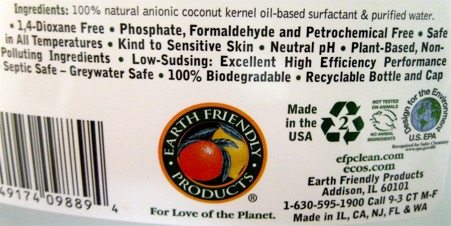
- safe in all temperatures
- kind to skin
- plant based
These are marketing labels that mean absolutely nothing. There is no regulation over what “kind to skin” means – I’ve seen some many really harsh contact allergens in products with this label.
Do not be fooled.
There is some good news though.
Both California and New York are following the EU in requesting more information from detergent manufacturers so that consumers can make more informed decisions.
Proposed regulations would compel manufacturers to list all chemical ingredients and publish details for those known to be harmful – going much further than current EU legislation [4].
This has seen some real success, with more manufacturers posting their ingredients online than ever before. Progress is being made.
There are other commendable schemes to promote safety in cleaning products:
- ‘Come Clean’ is a movement by Seventh Generation and Senator Ricardo Lara to support the California ‘Cleaning Product Right to Know Act’, compelling manufacturers to disclose all ‘intentionally added ingredients’ [5].
- EPA ‘Safer Choice’ is a voluntary program. To join, a manufacturer must submit full ingredient lists to the EPA, and only those products in which all ingredients are safe to human health and the environment will receive ‘Safer Choice’ recognition [6].
While neither of these schemes are perfect, they are clearly steps in the right direction and for that, they must be applauded.
And of course, don’t forget us. We will not review any product unless the manufacturer has disclosed all ingredients. And we will appraise those ingredients to the best of our ability. Allowing you to decide, the right cleaning products for you.
References
- The European Parliament and The Council of The European Union. Regulation (EC) No 648/2004 [Internet]. March 2004. [Accessed: 20/01/17] www.ec.europa.eu
- Health and Safety Executive. Detergents Guidance Document [Internet]. [Accessed: 2/12/17] www.hse.gov.uk
- Steinemann, A., & Walsh, N. Environmental laws and exposure analysis. 2007. Exposure Analysis. CRC Press.
- Steinemann, A. Volatile emissions from common consumer products. 2015. Air Quality, Atmosphere & Health. 8(3), 273-281.
- Seventh Generation. Come Clean: Mission + Action. 2018. [Accessed: 20/01/17] www.seventhgeneration.com
- United States Environmental Protection Agency (EPA). Safer Choice. 2018. [Accessed: 20/01/17] www.epa.gov
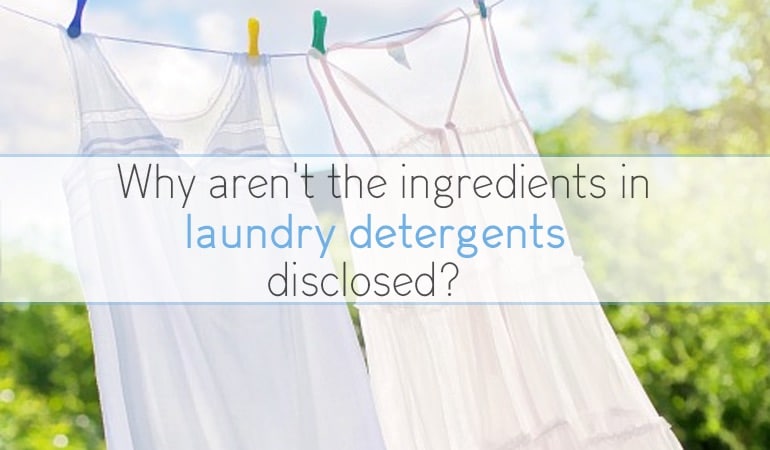
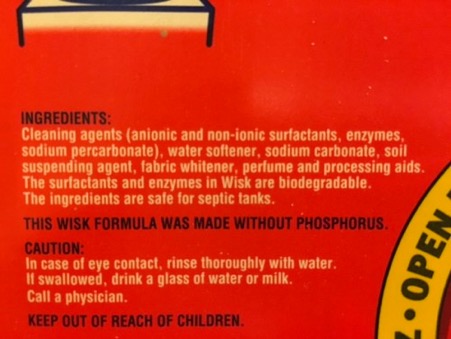

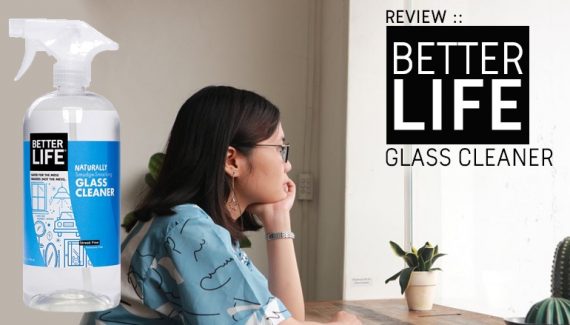
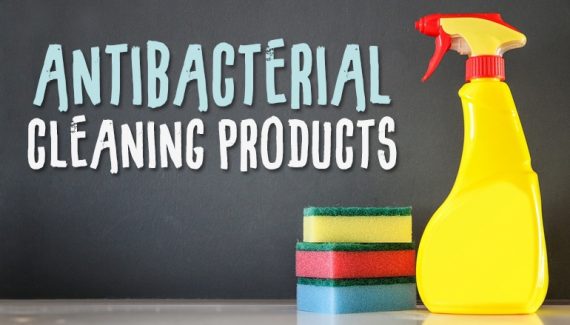
No Responses Yet